In today’s fast-paced world, where innovation and imagination are highly valued, unlocking the power of personal reflection in creativity has become a crucial aspect of personal and professional growth. By taking the time to reflect on our thoughts, experiences, and emotions, we can tap into our unique perspectives and develop a deeper understanding of what drives us creatively. This guide will explore the importance of personal reflection in creativity, providing practical tips and examples on how to craft compelling creative statements that showcase our individuality and stand out in a competitive volume.
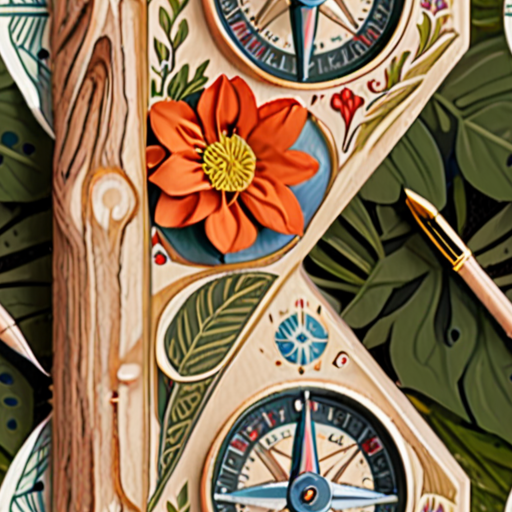
My Personal Understanding of Creativity
Creativity is a multifaceted concept that has been debated and explored by scholars, artists, and thinkers across various disciplines.
- I believe that creativity is the ability to think outside the box, to challenge conventional norms and expectations, and to bring forth innovative ideas and solutions.
- It involves a combination of imagination, curiosity, and risk-taking, allowing individuals to explore new possibilities and push boundaries.
- Creativity can manifest in various forms, such as art, music, literature, science, technology, engineering, and mathematics (STEM), and even everyday problem-solving.
- As I reflect on my own experiences and observations, I realize that creativity is not just a talent or skill, but rather a mindset and a way of approaching challenges and opportunities.
The Importance of Creativity
Creativity plays a vital role in driving innovation, progress, and growth in various aspects of life, including business, education, healthcare, and personal development.
- It enables individuals and organizations to stay ahead of the curve, adapt to changing circumstances, and respond to emerging needs and opportunities.
- Creativity fosters critical thinking, problem-solving, and collaboration, leading to improved productivity, efficiency, and effectiveness.
- It also promotes emotional intelligence, empathy, and self-awareness, enabling individuals to navigate complex social dynamics and build stronger relationships.
- Ultimately, creativity has the power to transform lives, communities, and societies, making it an essential component of a fulfilling and meaningful existence.
Nurturing Creativity
To cultivate creativity, I recommend embracing a growth mindset, taking calculated risks, and seeking out diverse perspectives and experiences.
- Engage in activities that stimulate your imagination and curiosity, such as reading, traveling, learning new skills, or exploring different cultures.
- Pursue passions and interests outside of work or school, whether it’s painting, playing music, writing, or cooking.
- Collaborate with others, share ideas, and learn from feedback and criticism.
- Practice mindfulness, self-reflection, and self-care to maintain a healthy balance between creativity and productivity.
Conclusion
In conclusion, creativity is a dynamic and multifaceted concept that encompasses imagination, innovation, and problem-solving.
By embracing a growth mindset, taking risks, and nurturing our creative potential, we can unlock new possibilities, drive progress, and live more fulfilling lives.
What is an Example of Personal Reflection?
A personal reflection is a thoughtful examination of one’s own thoughts, feelings, and experiences.
- Journaling: Writing down one’s perspective, thoughts, feelings, and experiences can be a powerful tool for personal reflection.
- Self-Inquiry: Asking oneself questions like “What did I learn from this experience?” or “How did I feel in this situation?” can help clarify one’s thoughts and emotions.
- Mindfulness: Practicing mindfulness techniques, such as meditation or deep breathing, can increase awareness of one’s thoughts and emotions, making it easier to reflect on them.
For instance, let’s say you had a difficult conversation with a friend last week. A personal reflection might involve thinking about what happened during the conversation, how you felt afterwards, and what you learned from the experience.
- Start by recalling the details of the conversation, including what was said and done.
- Next, think about how you felt during and after the conversation, including any emotions that arose.
- Finally, consider what you learned from the experience, including any insights or takeaways.
By reflecting on our experiences in this way, we can gain a deeper understanding of ourselves and others, and develop greater empathy and compassion.
Examples of Personal Reflection in Practice
- Patrick Mettraux Blog: My blog features articles that delve into personal narratives, thought-provoking artistic perspectives, and tips for nurturing creativity.
- Creative Expression: Exploring and encouraging the creative process is essential for personal growth and development.
- Artistic Perspectives: Examining the work of other artists and creatives can inspire new ideas and approaches to personal reflection.
Why Personal Reflection Matters
Personal reflection is essential for personal growth and development because it allows us to examine our thoughts, feelings, and experiences in a thoughtful and intentional way.
- Increased Self-Awareness: Reflecting on our experiences helps us understand ourselves better, including our strengths, weaknesses, values, and goals.
- Improved Relationships: By examining our interactions with others, we can develop greater empathy and compassion, leading to stronger, more meaningful relationships.
- Better Decision-Making: Reflecting on our experiences helps us identify patterns and lessons, enabling us to make more informed decisions in the future.
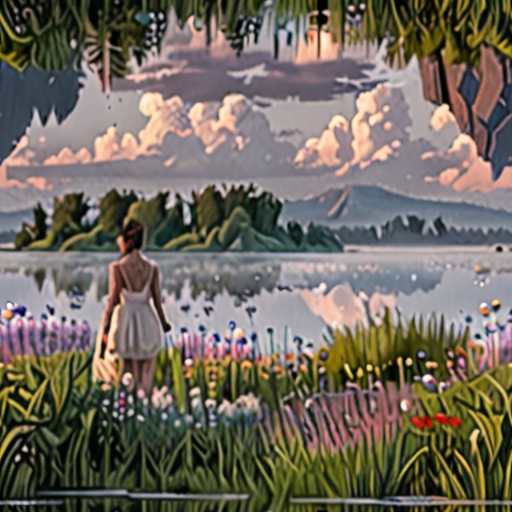
What is a Creative Reflection?
A creative reflection is a powerful tool for self-discovery and growth, allowing individuals to tap into their imagination and express themselves authentically. By combining art-making with introspection, creative reflection enables us to gain a deeper understanding of our thoughts, emotions, and experiences. As I explore my own creative journey, I’ve come to realize the significance of incorporating reflection into my artistic practice.
The Benefits of Creative Reflection
Engaging in creative reflection offers numerous benefits, including:
- Increased self-awareness: Through creative expression, we can identify patterns, emotions, and thoughts that may have gone unnoticed.
- Improved emotional regulation: Art-making allows us to process and release emotions in a healthy manner, promoting emotional balance.
- Enhanced problem-solving skills: Creative reflection encourages innovative thinking and outside-the-box solutions.
- Fostered creativity: Regular engagement in creative activities stimulates imagination and inspires new ideas.
Types of Creative Reflection
There are various forms of creative reflection, each offering unique benefits and applications. Some popular methods include:
- Visual journaling: Combining art-making with written reflection to track progress and explore emotions.
- Collage making: Using imagery and symbolism to represent thoughts and feelings.
- Free writing: Writing freely without editing or censorship to tap into subconscious thoughts and emotions.
- Mind mapping: Creating visual representations of ideas and concepts to stimulate creativity and organization.
Integrating Creative Reflection into Daily Life
To incorporate creative reflection into daily life, start by setting aside dedicated time for artistic expression. This could be as simple as:
- Drawing or painting during meditation or relaxation exercises.
- Writing poetry or short stories to process emotions and experiences.
- Creating collages or vision boards to represent goals and aspirations.
- Engaging in photography or videography to capture moments and reflect on memories.
By embracing creative reflection, we can unlock our full potential, cultivate self-awareness, and live more authentic lives. As I continue to explore the world of creative reflection, I’m excited to see how this practice evolves and grows within me.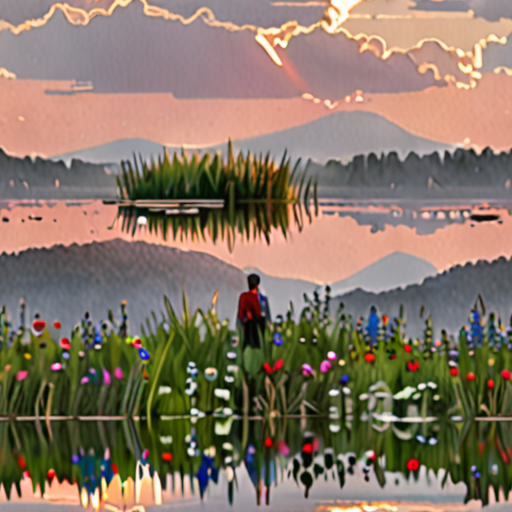
Show Creativity in a Personal Statement
To showcase your creativity in a personal statement, start by expressing your unique thoughts in an original way.
- Avoid clichés and instead, use vivid examples and personal stories to make your statement stand out.
- Be yourself, and let your true personality shine through – this will help your statement feel genuine and memorable to the admissions committee.
- Highlight your passions and interests outside of academics, showcasing how they have shaped your perspective and goals.
- Use metaphors, analogies, or anecdotes to convey complex ideas and emotions in a creative and relatable manner.
- Emphasize your strengths and accomplishments, but also demonstrate humility and a willingness to learn and grow.
- Use active voice and varied sentence structures to keep your writing engaging and dynamic.
- Proofread carefully to ensure error-free writing and a polished presentation.
When crafting your personal statement, remember that it’s not just about showcasing your achievements, but also about revealing your character, values, and aspirations.
Tips for Writing a Creative Personal Statement:
- Start with a strong opening that grabs the reader’s attention and sets the tone for the rest of the essay.
- Use descriptive language and sensory details to bring your experiences and memories to life.
- Explore your motivations and goals, explaining why you’re pursuing a particular field or career path.
- Highlight your transferable skills, such as teamwork, problem-solving, or leadership abilities.
- Conclude with a lasting impression, reiterating your passion and commitment to your chosen field.
Example of a Creative Personal Statement:
“As I reflect on my journey, I realize that my passion for photography has been a constant companion, capturing moments of joy, beauty, and resilience. Through my lens, I’ve witnessed the world’s diversity and complexity, fostering empathy and understanding. My experiences have taught me the importance of adaptability, perseverance, and creative problem-solving. As I pursue a degree in fine arts, I aim to continue exploring the intersection of art and technology, pushing boundaries and inspiring others to see the world anew.”
What Creativity Means to Me
Creativity is a vital part of who I am, and it plays a significant role in my life as a writer and artist.
- I believe that creativity is essential for problem-solving and thinking outside the box.
- When faced with challenges, I find that my creative mindset helps me approach issues from unique angles and come up with innovative solutions.
- This ability to think creatively has been invaluable in my work, allowing me to develop fresh ideas and push boundaries in my writing and art.
The Importance of Embracing My Creative Side
As someone who values creativity, I understand the importance of embracing my creative side and making time for self-expression.
- I prioritize activities that allow me to tap into my imagination and bring new ideas to life.
- Whether it’s writing, painting, or experimenting with music, I make sure to schedule time for creative pursuits in my daily routine.
- By doing so, I’m able to stay inspired, motivated, and fulfilled, which ultimately benefits my work and overall well-being.
Nurturing My Creative Process
To cultivate my creativity, I’ve developed habits that help me stay inspired and focused.
- I surround myself with people who support and encourage my creative endeavors.
- I take breaks and engage in activities that stimulate my mind and spark new ideas.
- I’m open to learning new skills and exploring different mediums, which keeps my creative process fresh and exciting.
Conclusion
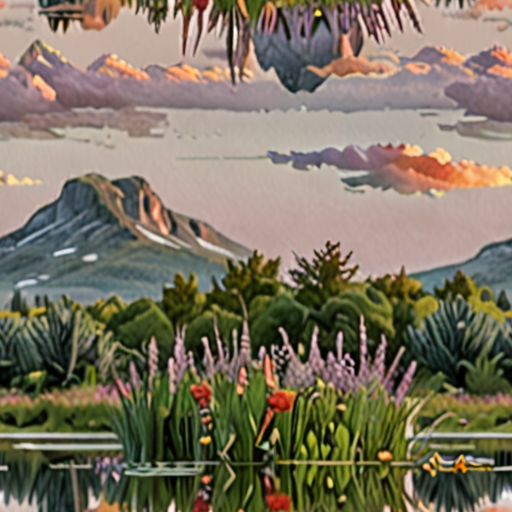
Writing About Yourself in a Creative Way
I’ve always been fascinated by the art of self-expression, and I believe that writing about oneself can be a powerful tool for connecting with others and showcasing one’s unique perspective.
- Start by Identifying Your Strengths and Passions
- Be Authentic and Vulnerable
- Use Storytelling Techniques
- Experiment with Different Writing Styles
When writing about myself, I try to highlight my strengths and passions, whether it’s my love of photography, my passion for writing, or my dedication to helping others.
I believe that authenticity and vulnerability are key to writing about oneself in a creative way. By sharing my true thoughts and feelings, I’m able to connect with others on a deeper level and showcase my personality.
Storytelling is a powerful tool for conveying complex ideas and emotions, and I often use anecdotes and metaphors to bring my writing to life.
I enjoy experimenting with different writing styles, from poetry to prose, to find what works best for me and my audience.
Key Takeaways
When writing about yourself, remember to:
- Highlight Your Strengths and Passions
- Be Authentic and Vulnerable
- Use Storytelling Techniques
- Experiment with Different Writing Styles
Conclusion
Writing about oneself can be a challenging but rewarding experience. By embracing our uniqueness and sharing our stories, we can connect with others and leave a lasting impact. Remember to stay authentic, vulnerable, and creative, and don’t be afraid to experiment with different writing styles until you find what works best for you and your audience.
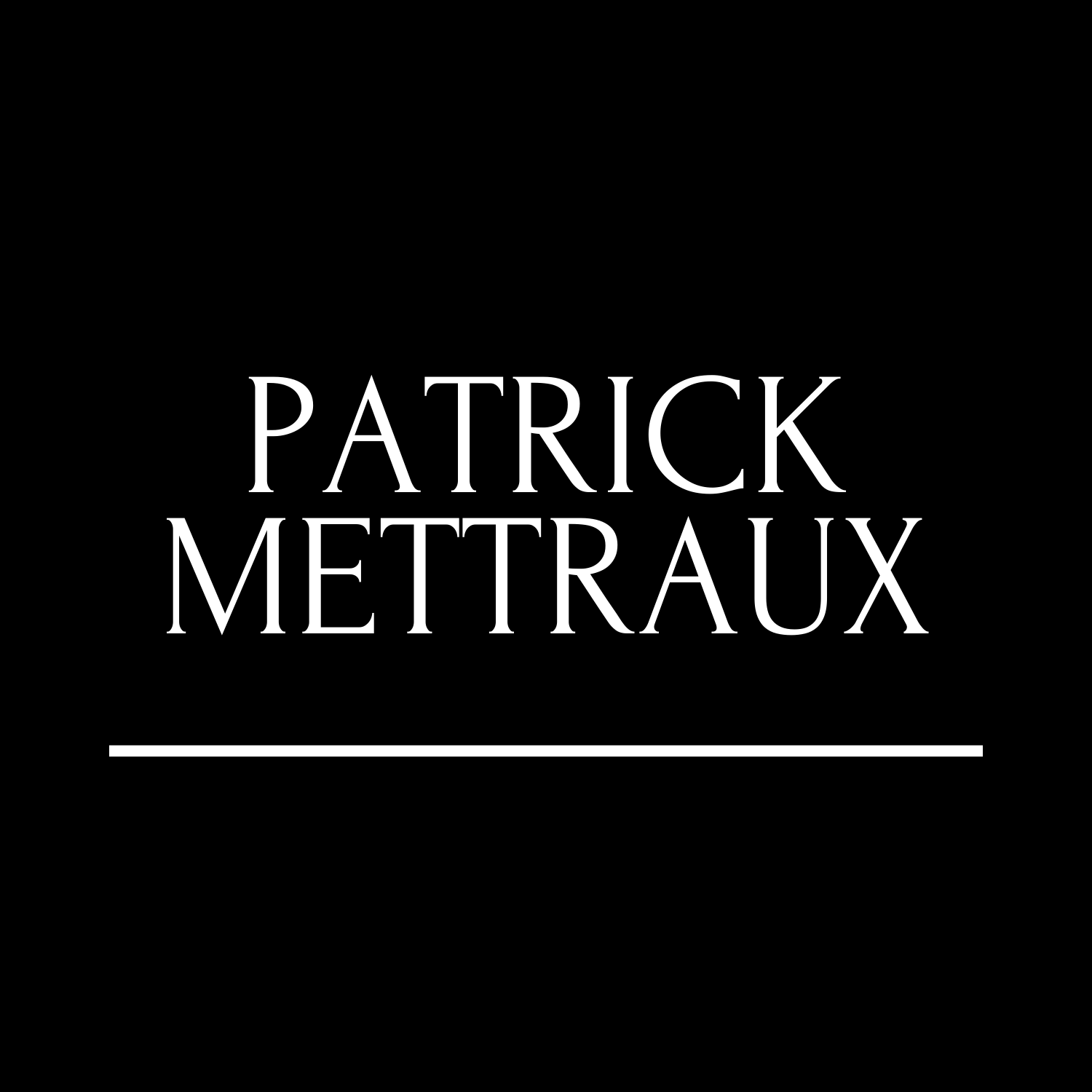
0 Comments